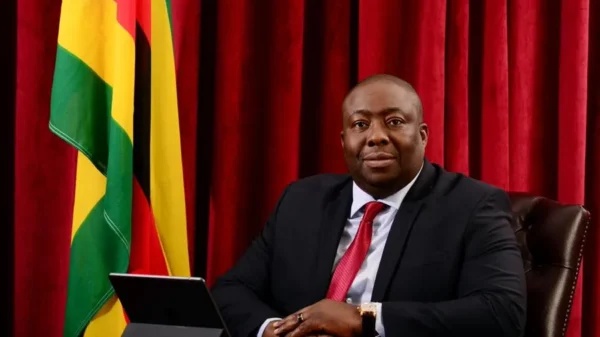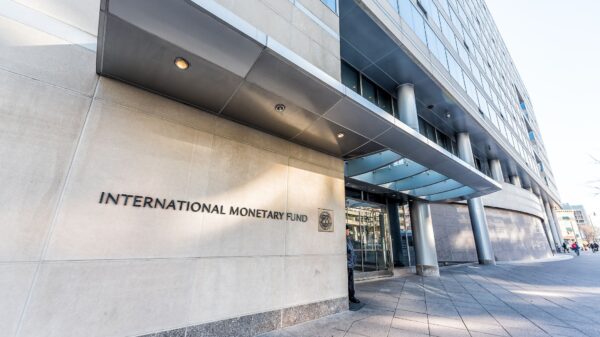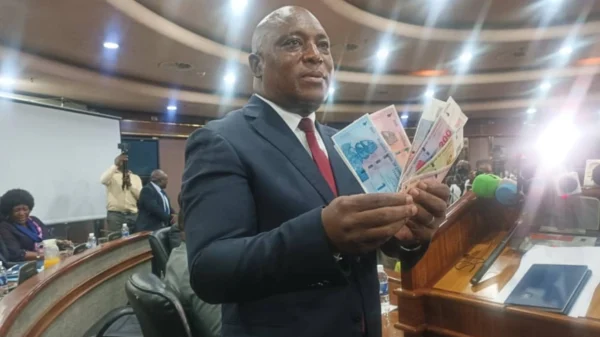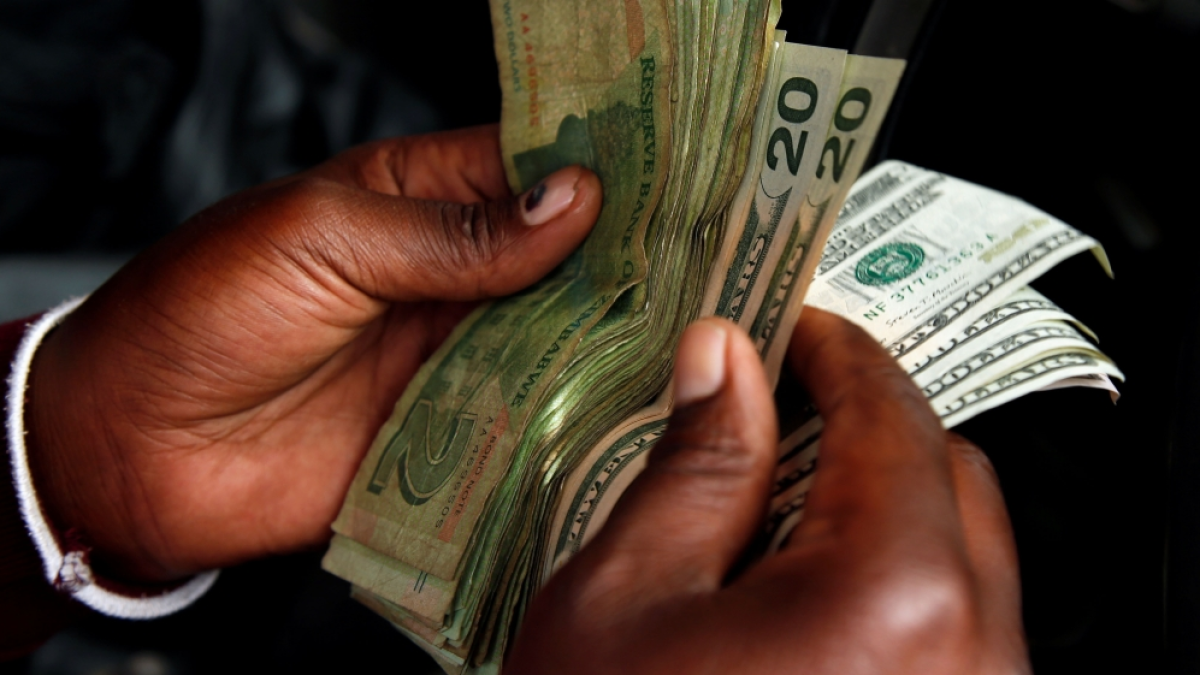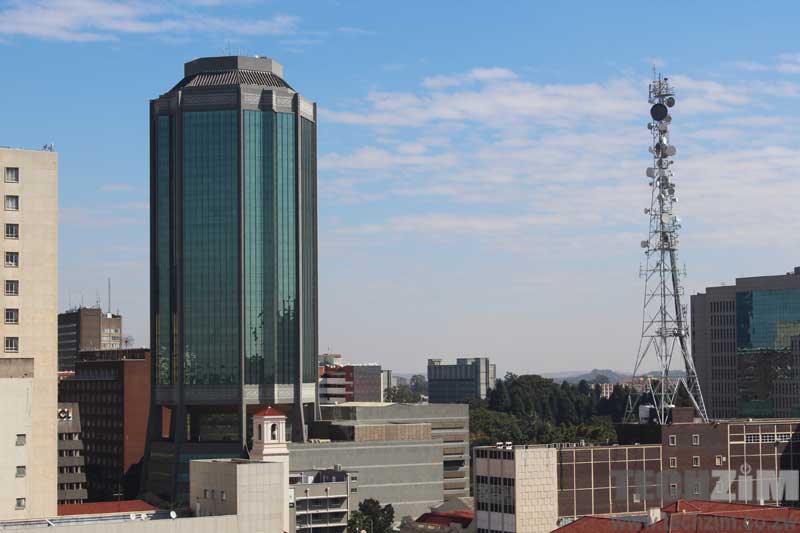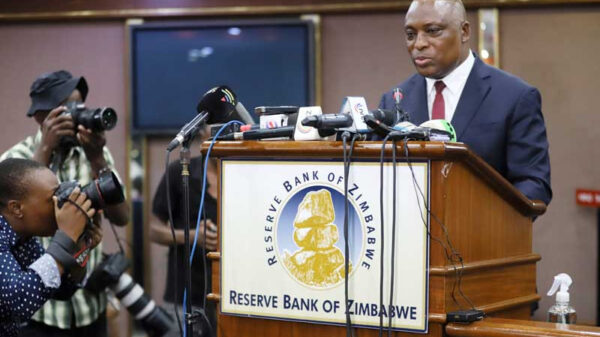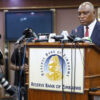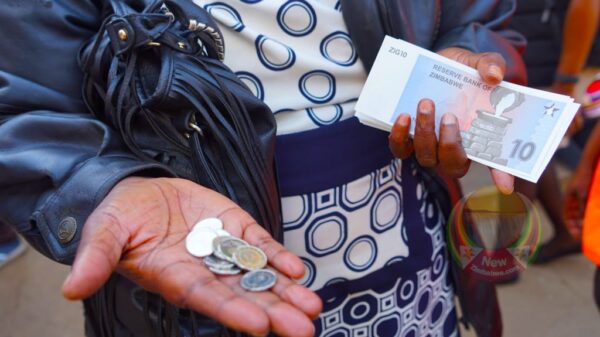The Reserve Bank of Zimbabwe (RBZ) is reportedly planning to stabilise the Zimbabwe dollar by introducing a new currency backed by gold tokens.
The Sunday Mail reported that RBZ would issue digital gold tokens backed by gold held at the central bank. This will allow people holding Zimbabwe dollars, which have been losing value, to exchange them for the tokens. RBZ governor John Mangudya said:
The movements in the parallel market rate are mainly because of the expectations of increased foreign currency supply in the market when the tobacco marketing season opened. However, the supply of foreign currency over the past three weeks has been lower than expected. That expectation raised the rates because people thought there will be more money in the market.
It means anyone with local currency would want to convert it to foreign currency. We are addressing this demand for store of value by increasing the number of gold coins in the market so that we manage that demand.
We shall also soon be introducing digital gold tokens to ensure that those with low amounts of local currency are able to purchase the gold units so that we leave no one and no place behind.
The value of the gold-backed currency is based on the current market price of gold and can be used for transactions just like any other type of currency.
The value of the Zimbabwe dollar has decreased significantly against the USD in recent months. The official exchange rate, set by the central bank, is 1 USD to 1 000 Zimbabwe dollars. However, obtaining this rate is challenging because the unofficial market values it at over 1 750 Zimbabwe dollars per USD.
The Zimbabwean government has implemented several measures to stabilize the Zimbabwean dollar, which has been volatile in recent years due to a variety of economic and political factors. Some of these measures include:
Currency Reforms: In June 2019, the government of Zimbabwe reintroduced the Zimbabwean dollar as the sole legal tender, replacing the multi-currency regime that had been in place for over a decade. The reintroduction of the Zimbabwean dollar aimed to reduce currency fragmentation and enhance the effectiveness of the monetary policy.
Tightening monetary policy: The Reserve Bank of Zimbabwe (RBZ) has increased interest rates to tighten monetary policy and control inflation. The RBZ has also limited the amount of money that can be withdrawn from banks to reduce demand for foreign currency.
Boosting exports: The government has implemented measures to promote exports and reduce imports. For example, it has introduced export incentives, increased funding for agriculture, and banned the importation of certain goods to encourage local production.
Improving fiscal policy: The government has implemented a range of fiscal measures to reduce expenditure and increase revenue, such as the introduction of taxes on electronic transactions and a reduction in government spending.
Negotiating with international organizations: The government has engaged with international organizations such as the International Monetary Fund (IMF) to access financial assistance and technical support. The IMF has approved a $400 million loan to Zimbabwe to support economic reforms and stabilize the currency.
However, these measures have not been effective so far because of a range of factors, including political instability, ineffective implementation, and external factors such as global economic conditions.
Government critics say members of the public do not have confidence in the government, especially after the 2008 era during which the Zimbabwe dollar plunged.

For comments, Feedback and Opinions do get in touch with our editor on WhatsApp: +44 7949 297606.















